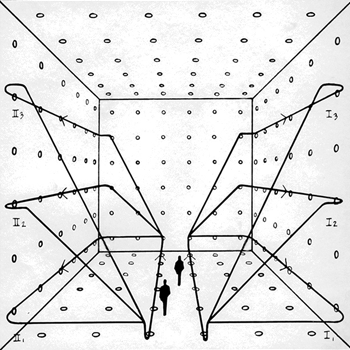How can I find the shortest distance between the point #(0,1,-1)# and the line #(x,y,z) = (2,1,3) + t(3,-1,-2)#?
3 Answers
Explanation:
Let
with
The square distance between
substituting
Developing we have
Here
The minimum distance from
This occurs at a point
or
or simplifying
Here
Finally, substituting values we obtain.
We have line:
and point
Let
Now,
And
Therefore:
From
Use the direction of the line to find the general equation of the plane.
Use the point to find the specific equation.
Use parametric formulas to find the point on the plane
Use the distance formula.
Explanation:
The direction of the given line is the vector
Because the above vector must be a normal vector to the plane that contains the point closest to the given point, we know that its general form is:
Find the specific plane that contains the given point,
The plane that contains the nearest point to the point
The parametric equations of the line are:
Substitute these equations into equation [1] and solve for t:
Using the parametric equations and the value of t, we can find the nearest point:
Use the distance formula to find the distance from,


